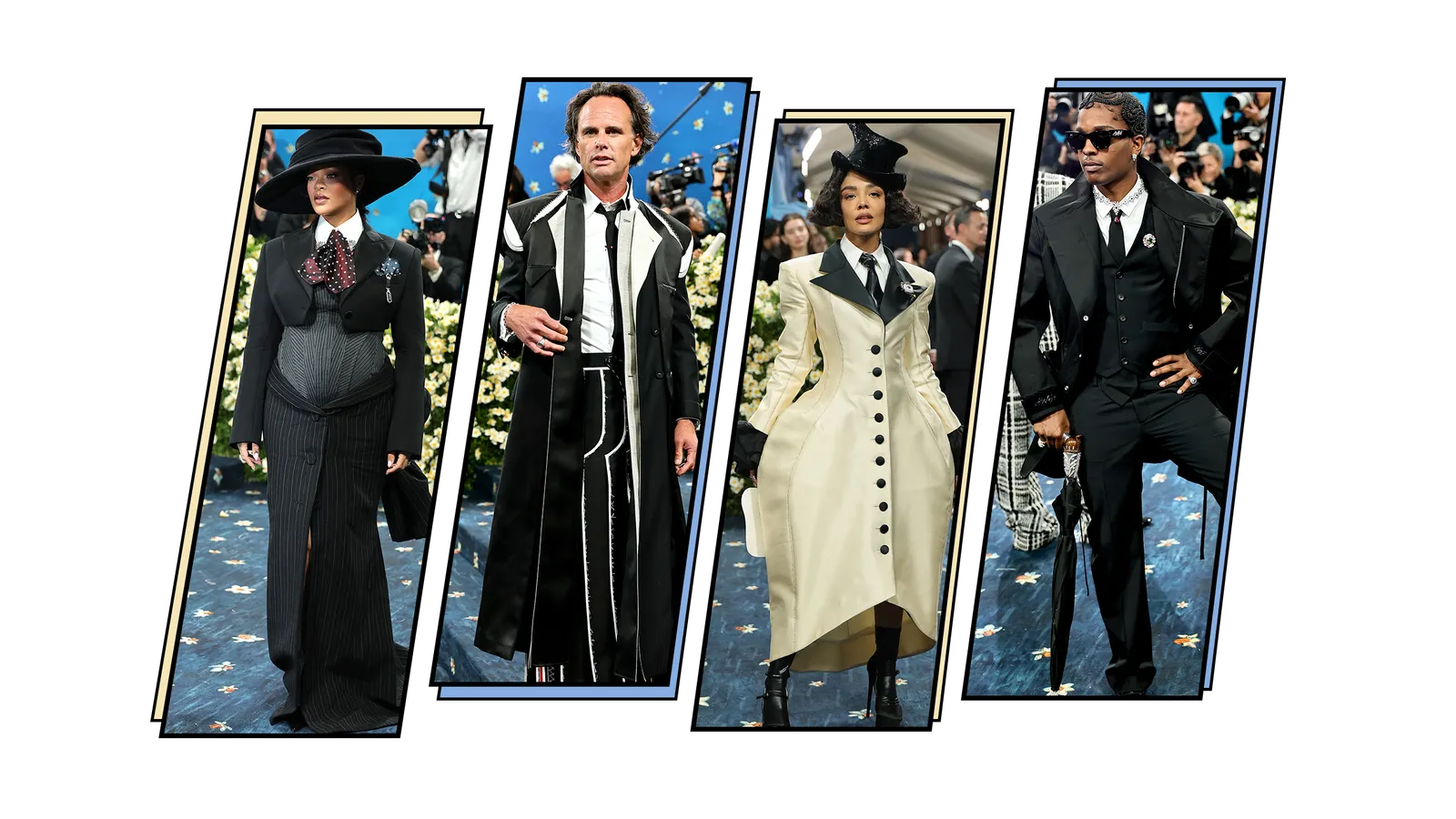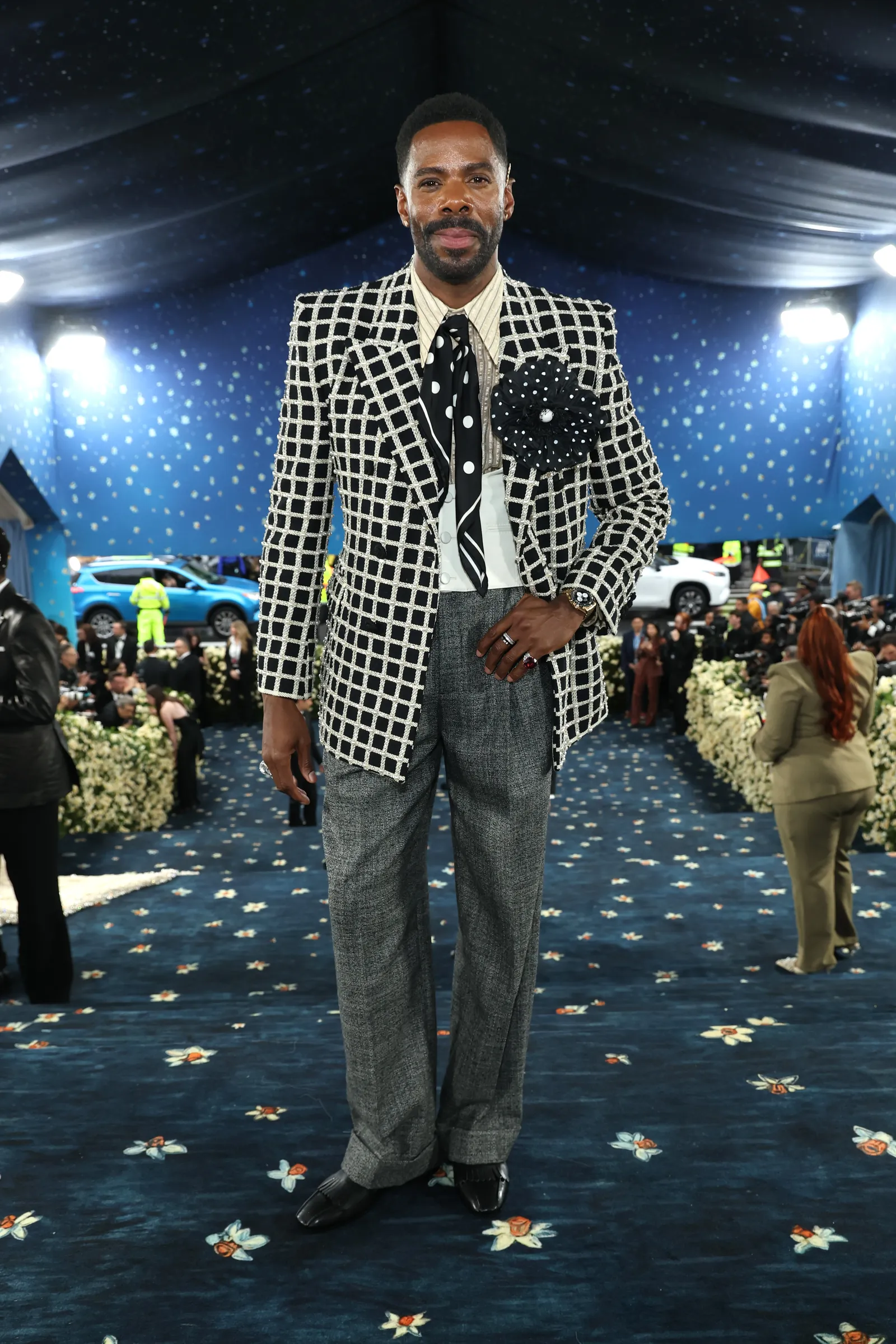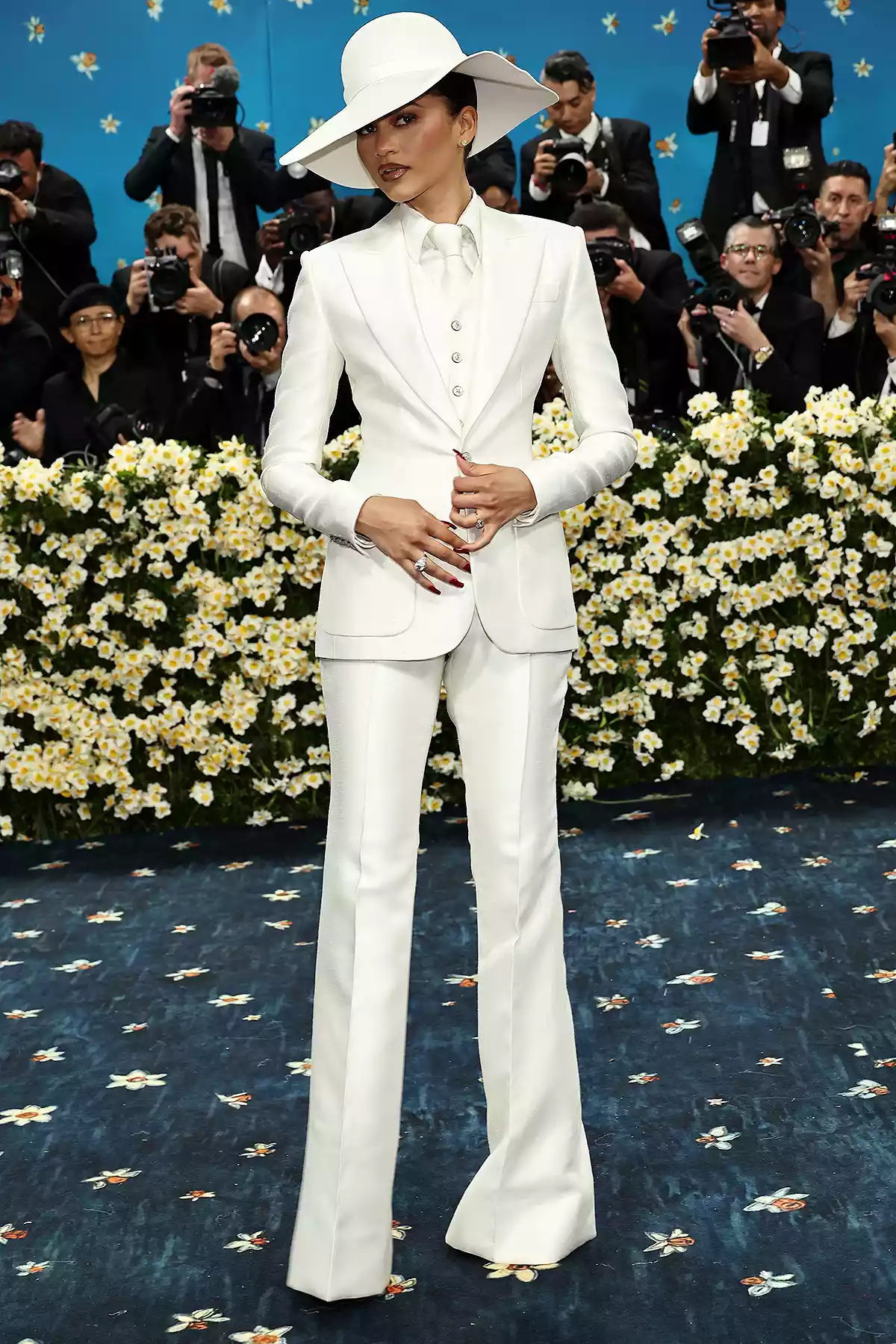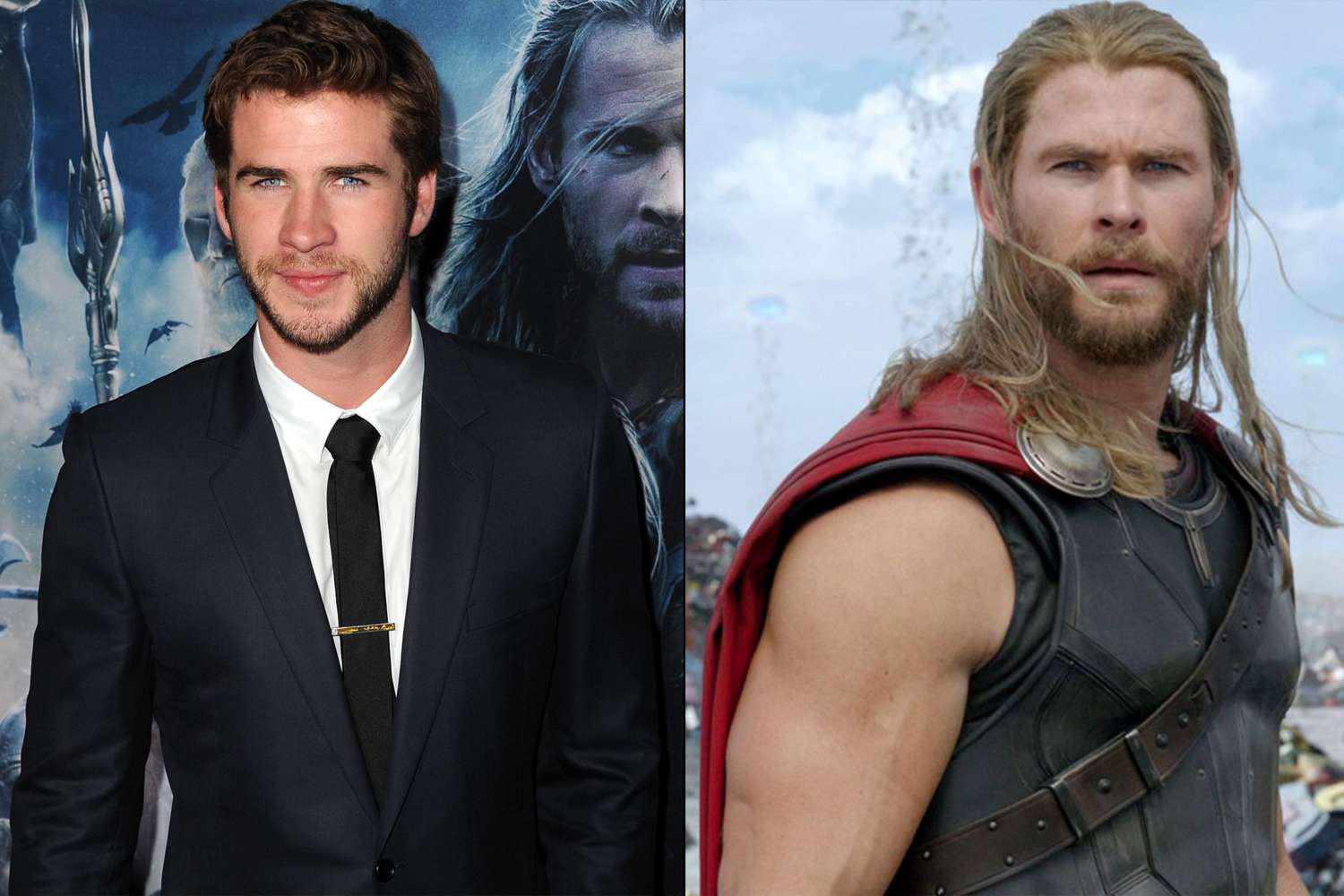The Met Gala, an annual event that brings together the world’s most influential figures in fashion, art, and entertainment, always promises to be an unforgettable evening. In 2025, the theme of the Gala, “Superfine: Tailoring Black Style,” not only captivated the fashion world but also made a powerful statement about cultural identity, historical significance, and the transformative power of Black fashion. For this year’s event, the spotlight was on Black dandyism, a movement that merges tradition, elegance, and rebellion.
The Gala, which took place at the iconic Metropolitan Museum of Art on May 5, 2025, celebrated the legacy of Black sartorialists and their contributions to the world of fashion. What made this year’s Met Gala truly exceptional was its focus on the style of the Black community, which had long been at the forefront of innovation, flair, and boldness in fashion. From the early days of Black dandyism to contemporary Black designers like Virgil Abloh and Dapper Dan, the event provided a deeper look at how these figures shaped global fashion trends.
The Theme of the 2025 Met Gala: Celebrating Black Dandyism
The theme of “Superfine: Tailoring Black Style” was a tribute to the many decades of Black sartorial innovation and cultural commentary. Dandyism, as a concept, has its roots in the 19th century but has evolved over time, especially in the Black community. For centuries, Black individuals, particularly in the United States and Europe, used fashion as a tool for self-expression and resistance. During times of oppression, style became a powerful way to assert one’s individuality and reclaim power. The 2025 Met Gala paid homage to this legacy.
The theme was inspired by the work of Monica L. Miller, who authored Slaves to Fashion: Black Dandyism and the Aesthetics of Blackness. The book explores the historical and cultural significance of Black dandyism, showing how Black people have used fashion to create an identity that transcends the social and political barriers they’ve faced. Miller’s book highlights how Black individuals, from the 18th century to today, have crafted and defined fashion that challenges the status quo.
The Gala Co-Chairs and the Importance of Representation
One of the most notable aspects of the 2025 Met Gala was the diverse group of co-chairs. Anna Wintour, as always, led the event, but she was joined by Colman Domingo, Lewis Hamilton, A$AP Rocky, and Pharrell Williams. These figures—representing fashion, music, and acting—embody the intersectionality of Black culture and its profound influence on fashion. Each co-chair has used their platform to challenge traditional notions of style, and their participation in the Gala highlighted how far Black excellence has come in the world of fashion.
Colman Domingo, an actor and director, wore a striking ensemble from Valentino that was a direct homage to André Leon Talley, the legendary fashion journalist. Talley, known for his larger-than-life persona and contributions to Vogue, was a guiding light for many Black individuals in the fashion world. Domingo’s outfit, a royal blue, floor-length cape, and sharply tailored suit, captured the essence of dandyism—bold, dramatic, and unapologetically sophisticated.
Meanwhile, Lewis Hamilton, the Formula 1 racing champion, has consistently used his platform to challenge societal norms. Hamilton’s approach to fashion has blurred the lines between athleticism and high fashion. At the Gala, he sported a striking black-and-white ensemble by renowned designer Virgil Abloh, the late artistic director of Louis Vuitton’s menswear division. This tribute to Abloh was a clear recognition of the late designer’s contribution to the fashion world, especially as a Black man in a traditionally white-dominated industry.
A$AP Rocky, known for his eclectic and often avant-garde style, also delivered a memorable moment at the Gala. His outfit, an intricate mix of streetwear and formal attire, nodded to the dandy tradition but with a modern twist. His choice of designers, including a custom piece from Dapper Dan, exemplified how the culture of Black dandyism continues to evolve and stay relevant in today’s fashion landscape.
Pharrell Williams, another co-chair, added his distinct style to the evening. Known for his bold fashion choices, Williams wore a sleek black suit with exaggerated proportions and a wide-brimmed hat, paying tribute to the late designer Karl Lagerfeld’s influence on Black fashion. Williams has long been a style icon, combining music, fashion, and culture in a way that few have been able to replicate.
Fashion Tributes: Honoring the Icons of Black Dandyism
Several notable celebrities and designers paid tribute to historical icons of Black dandyism through their Gala ensembles. Zendaya, for example, was seen paying homage to Bianca Jagger, a pioneering style icon known for her bold fashion choices during the 1970s. Zendaya’s look—a tailored white suit with a sleek fedora and bold red lipstick—captured Jagger’s signature look, making a statement not just about fashion, but about the broader cultural impact of Black women in the fashion world.
Meanwhile, Gigi Hadid, one of the world’s top models, turned heads with her interpretation of the work of Zelda Wynn Valdes, the first Black designer to open a couture salon in the United States. Hadid wore a stunning floor-length black gown with intricate beadwork, a nod to Valdes’ intricate designs and dedication to craft. By channeling these historical figures, these celebrities paid homage to the women and men who helped pave the way for the success of contemporary Black fashion designers.
The Exhibition: A Historical Look at Black Dandyism
As always, the Met Gala was accompanied by an exhibition that provided guests and the public with a deeper understanding of the Gala’s theme. The exhibition, which featured over 250 pieces from prominent Black designers and creators, showcased how Black dandyism evolved over the years. It highlighted the importance of style as a form of resistance and a tool for cultural expression.
The exhibition explored the origins of Black dandyism, from the 18th century, when Black men and women in Europe and America were using fashion to assert their individuality despite systemic racism and oppression. One of the key elements of the exhibition was the inclusion of Virgil Abloh’s designs, which changed the conversation around Black identity in fashion. Abloh’s work, which combined high fashion with streetwear influences, challenged traditional fashion paradigms and showcased the possibilities of blending cultural expression with luxury.
Another key figure highlighted in the exhibition was Dapper Dan, whose luxury streetwear designs brought hip-hop culture into the fashion mainstream. Dapper Dan’s groundbreaking work in the 1980s and 1990s influenced a generation of designers and proved that Black creators could make their mark in the fashion world. His inclusion in the exhibition was a reminder of how Black culture has long influenced global fashion trends.
How Black Dandyism Shaped Modern Fashion
The impact of Black dandyism on modern fashion cannot be overstated. Over the years, Black fashion innovators have consistently used style to push boundaries, break stereotypes, and assert a sense of pride. Designers like Abloh, Dapper Dan, and many others have proven that Black fashion is not just about aesthetics—it’s about cultural power, social commentary, and resistance to the status quo.
Black dandyism, at its core, is about reclaiming agency in a world that often seeks to marginalize and diminish Black culture. Through tailored suits, bold accessories, and an air of refinement, Black dandyism has reshaped the way we think about masculinity, femininity, and identity in the fashion world. The 2025 Met Gala was a celebration of this rich tradition and the many ways in which Black culture continues to shape global fashion.
The Significance of the 2025 Met Gala: A Moment for Reflection and Celebration
The 2025 Met Gala was more than just an evening of glamorous fashion—it was a powerful reminder of the importance of cultural representation in the world of fashion. By focusing on Black dandyism, the event honored the many Black individuals who have used style to shape their identities and resist oppression. The Gala also highlighted the work of contemporary Black designers who are continuing this legacy and creating new narratives around Black fashion.
As we reflect on the 2025 Met Gala, it’s clear that Black fashion will continue to influence the global stage for years to come. The Gala was not just about showcasing beautiful clothes—it was about celebrating the rich history, resilience, and creativity of Black culture. In doing so, it reaffirmed the power of fashion as a means of personal expression, cultural resistance, and social change.






